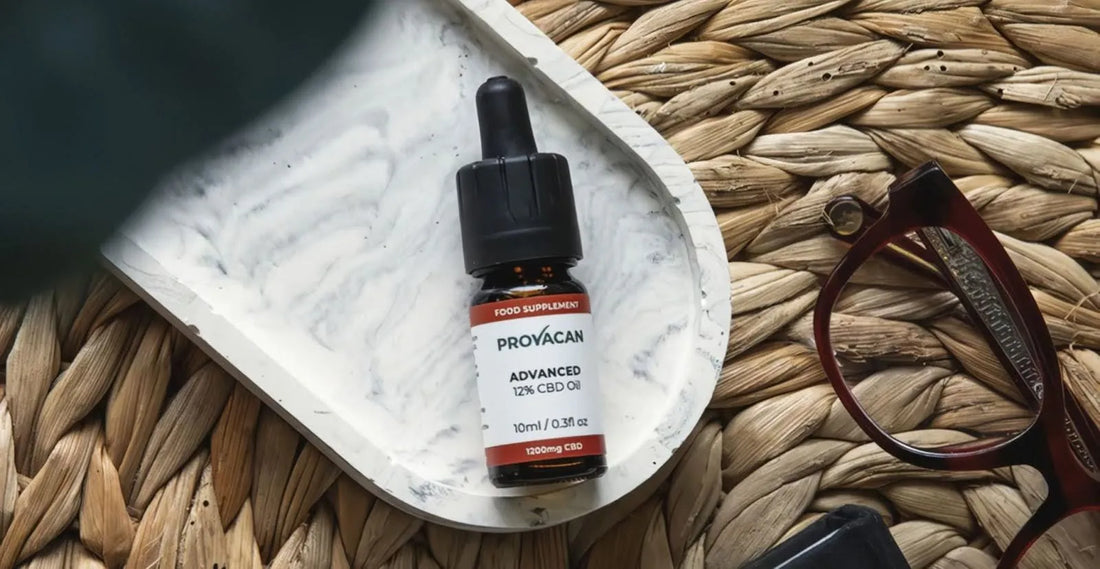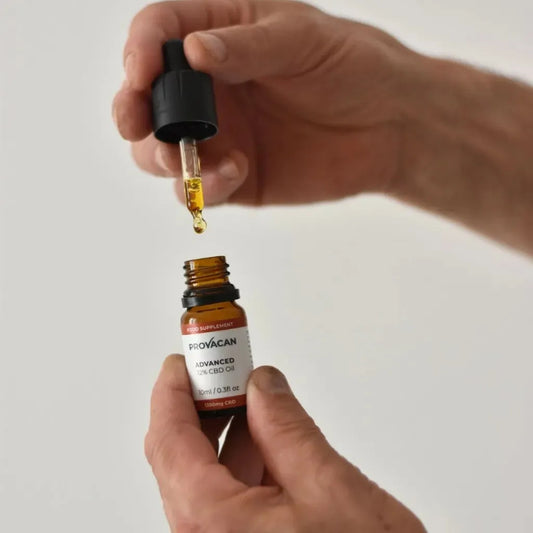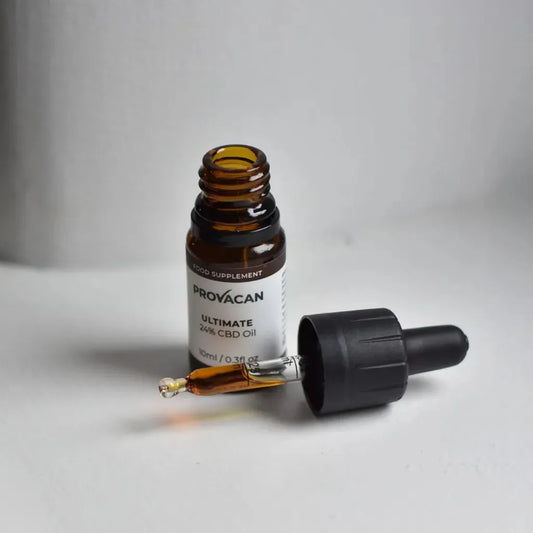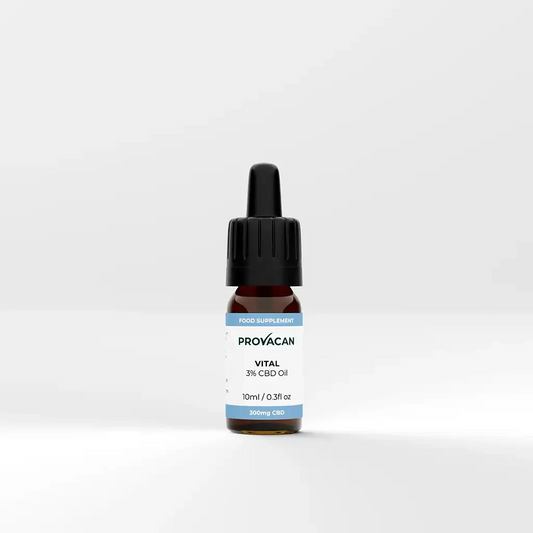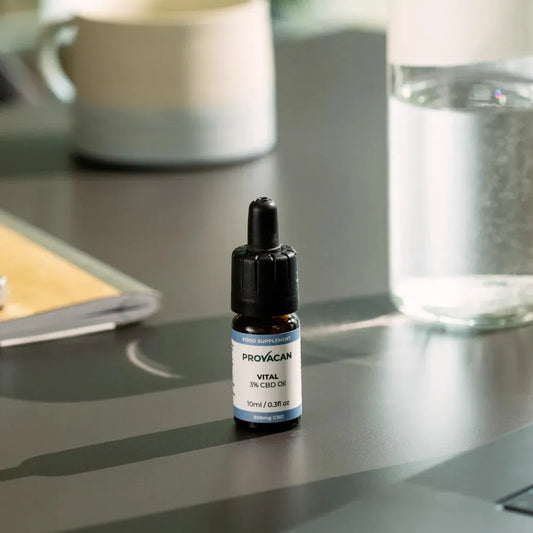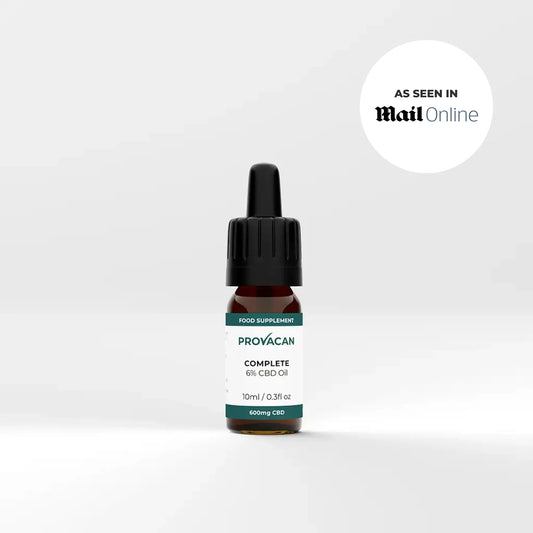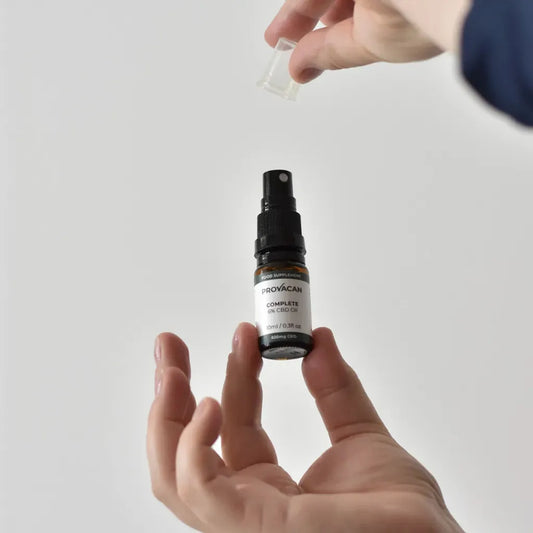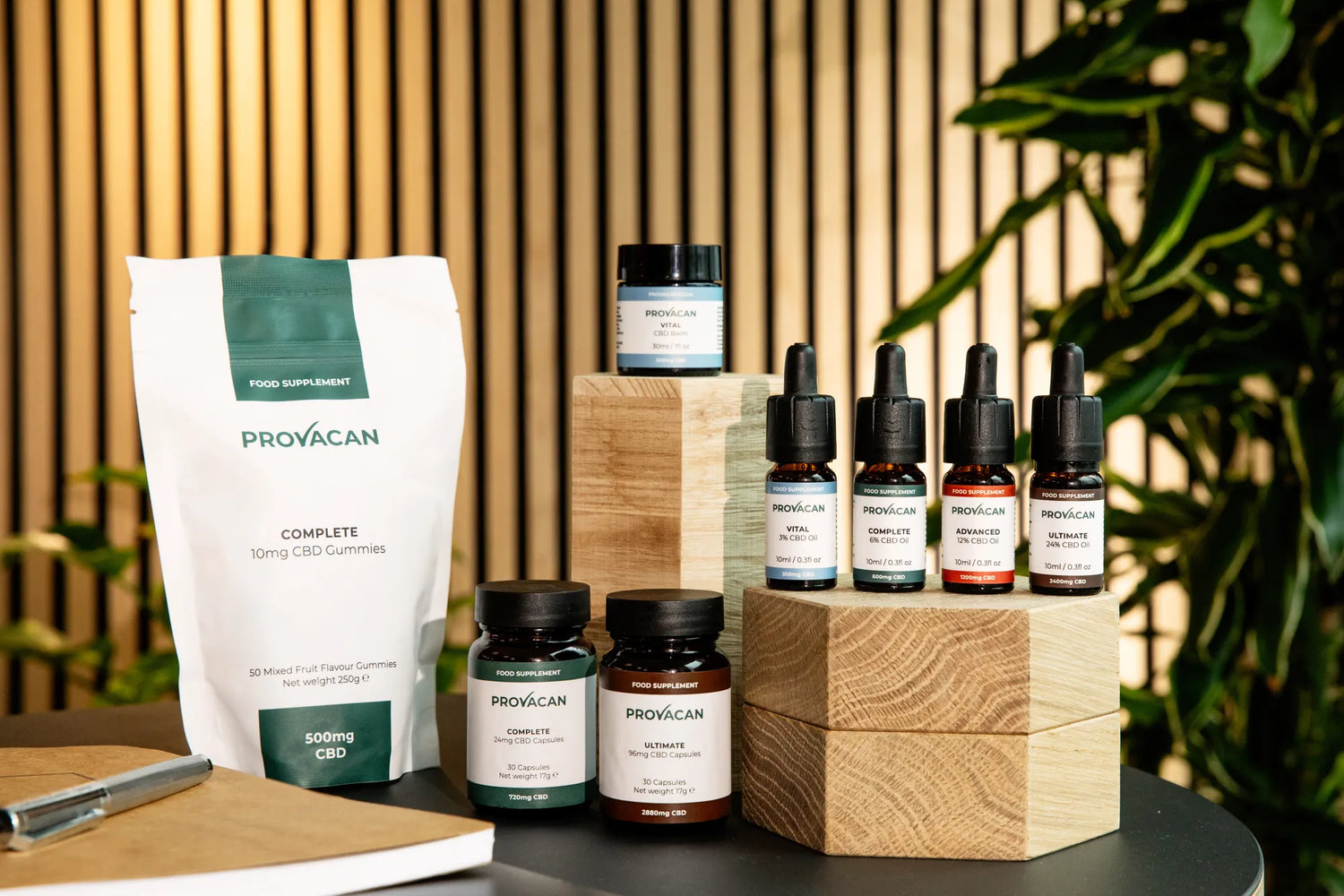Key Takeaways:
- CBG and CBD: The two are distinct cannabinoids with their own properties and potential health benefits. While CBD has gained widespread recognition, CBG is emerging as a promising compound worth exploring for its therapeutic effects.
- Endocannabinoid System Interactions: Both CBG and CBD interact with the endocannabinoid system in the body, influencing various physiological processes and potentially providing relief from a range of health conditions.
- Informed Wellness Choices: Whether you are seeking relaxation, pain relief, or overall well-being, knowing the unique benefits of each can guide your cannabinoid usage effectively.
When it comes to cannabinoids, two names that have been making waves in the health and wellness industry are CBG and CBD. While CBD (cannabidiol) has gained significant popularity for its potential therapeutic benefits, CBG (cannabigerol) is emerging as a promising cannabinoid with its own unique properties. Understanding the differences between CBG and CBD, as well as their individual benefits, is essential for consumers looking to make informed choices about their wellness routines.
In this comprehensive guide, we will look into the distinctions between CBG and CBD, exploring their origins, chemical compositions, and potential health benefits. From their respective interactions with the endocannabinoid system to the latest research findings supporting their use, we at Provacan, an expert in the cannabinoid industry, will provide you with a well-rounded understanding of these two cannabinoids and how they can positively impact your well-being.
Introduction To Cannabinoids
Cannabinoids are chemical compounds found in the cannabis plant that interact with the body's endocannabinoid system. Two popular cannabinoids that have gained significant attention for their potential health benefits are Cannabigerol (CBG) and Cannabidiol (CBD).
CBG (Cannabigerol)
CBG is often referred to as the "mother of all cannabinoids" because it is the precursor to other cannabinoids like THC and CBD. While CBG is typically found in low concentrations in most cannabis strains, its potential benefits are becoming increasingly recognized. CBG interacts with both CB1 and CB2 receptors in the endocannabinoid system, influencing various physiological functions.
Research suggests that CBG may offer potential anti-inflammatory, neuroprotective, and antibacterial properties. It is also being studied for its potential use in managing conditions such as glaucoma, inflammatory bowel disease, and Huntington's disease. CBG is non-intoxicating, making it a promising option for those seeking the benefits of cannabinoids without the psychoactive effects.
CBD (Cannabidiol)
CBD is one of the most well-known cannabinoids and has gained popularity for its potential therapeutic effects. Unlike THC, CBD is non-intoxicating, meaning it does not produce a "high" sensation. CBD interacts with various receptors in the endocannabinoid system, influencing processes such as pain sensation, mood, and inflammation.
Research on CBD suggests that it may have potential anti-anxiety, anti-inflammatory, and neuroprotective properties. It is commonly used to alleviate symptoms of conditions such as anxiety, chronic pain, and epilepsy. CBD products are available in various forms, including oils, edibles, and topicals, making it a versatile option for those exploring natural wellness solutions.
Understanding CBD: Origins and Effects
Unlike its counterpart THC, CBD is non-intoxicating, meaning it doesn't produce the "high" typically associated with cannabis consumption. CBD has gained significant popularity in recent years due to its potential therapeutic benefits.
The history of CBD dates back to the early 1940s when Dr. Roger Adams, an American chemist, first isolated the compound from hemp. However, it wasn't until the 1990s that researchers discovered the endocannabinoid system, a complex network of receptors in the human body that interact with cannabinoids like CBD.
CBD interacts with the endocannabinoid system by binding with receptors such as CB1 and CB2, which are involved in regulating various physiological functions, including pain, mood, appetite, and sleep. By influencing these receptors, CBD may help maintain balance and promote overall wellness.
Research on CBD's effects is ongoing, but preliminary studies suggest that it may have potential benefits for conditions such as anxiety, chronic pain, inflammation, epilepsy, and more. However, it's essential to consult with a healthcare professional before starting any CBD regimen, especially if you're taking medications or have underlying health issues.
Exploring CBG: What Sets It Apart
Cannabigerol (CBG) is the precursor to other cannabinoids such as CBD and THC. While CBD and CBG come from the same plant, they have different chemical structures and interact with the endocannabinoid system in unique ways.
CBG is usually found in much lower levels compared to CBD, making it a rarer cannabinoid. However, recent developments in cultivation and extraction techniques have enabled the production of CBG-rich strains.
CBG offers a range of potential benefits similar to CBD, but it also has some unique properties. For instance, studies suggest that CBG may have neuroprotective properties and could be beneficial for conditions such as glaucoma by reducing intraocular pressure.
Another area where CBG shines is its potential anti-inflammatory effects. Research indicates that CBG may help in reducing inflammation, which is crucial for managing conditions like inflammatory bowel disease (IBD) or arthritis. Moreover, CBG has shown promising results in promoting bone health and stimulating appetite, making it a versatile cannabinoid with a variety of potential applications.
Chemical Structure Of CBG vs. CBD
While Cannabigerol (CBG) and cannabidiol (CBD) share some similarities, they also possess distinct chemical structures that contribute to their unique effects on the body.
CBG
The chemical structure of CBG includes a central cannabinoid ring system with a pentyl side chain. This structure is what gives CBG its potential to interact with the body's endocannabinoid system, which plays a crucial role in maintaining balance and overall health.
CBD
On the other hand, CBD has a similar cannabinoid ring system to CBG but with a different arrangement of atoms. CBD has a hydroxyl group at the 3rd carbon atom, giving it unique properties compared to CBG. This structural variance is believed to influence how CBD interacts with the endocannabinoid system and other receptors in the body.
Potential Health Benefits Of CBD
CBD
Pain Relief: CBD may help reduce chronic pain by interacting with endocannabinoid receptors and reducing inflammation.
Anxiety and Depression Management: CBD shows promise in managing anxiety and depression by impacting serotonin receptors in the brain.
Neuroprotective Properties: CBD could benefit individuals with neurological disorders like epilepsy and Parkinson's disease by offering neuroprotective effects.
Skin Health: CBD-infused skincare products may help with conditions like acne and eczema due to their anti-inflammatory properties.
Heart Health: CBD might reduce high blood pressure and protect the heart due to its stress-reducing and antioxidant properties.
Cancer Symptom Management: CBD is being studied for its potential in managing symptoms related to cancer treatment.
CBG
Anti-Inflammatory Effects: CBG may help alleviate inflammation-related issues and oxidative stress.
Antibacterial and Antifungal Properties: CBG may have antibacterial and antifungal effects, making it beneficial for skin conditions and infections.
Appetite Stimulation: CBG could help stimulate appetite, making it potentially useful for individuals with appetite-related issues.
Glaucoma Management: CBG is being researched for its potential in managing intraocular pressure in individuals with glaucoma.
Mood Regulation: CBG may have mood-regulating properties, potentially aiding individuals with anxiety or depression.
Comparing the Efficacy: CBG vs. CBD in Research
1. Pain Management
- CBG: A study published in the Journal of Pharmacology and Experimental Therapeutics found that CBG demonstrated significant analgesic effects in a rodent model of inflammatory and neuropathic pain. The research suggested that CBG could be a promising option for pain management.
- CBD: Research published in the European Journal of Pain indicated that CBD was effective in reducing pain and inflammation in animal models of arthritis. The study highlighted CBD's potential as a natural pain-relieving agent.
2. Neuroprotective Properties:
- CBG: A 2015 study in Neurotherapeutics showed that CBG had neuroprotective properties in a neurodegenerative disease model. The research suggested that CBG could potentially help protect the brain from damage associated with conditions like Huntington's disease.
- CBD: Research published in Frontiers in Pharmacology demonstrated that CBD had neuroprotective effects in models of Parkinson's disease, Alzheimer's disease, and ischemia. The study indicated that CBD could be beneficial for supporting brain health.
Legal Status and Availability
Legal Status: In the UK, both CBD and CBG are legal as long as they contain less than 0.2% THC. THC, or tetrahydrocannabinol, is the psychoactive compound found in the cannabis plant. Products that meet this criteria are considered non-psychoactive and are legal for sale and consumption. It is vital for consumers to check the THC content before purchasing any CBG or CBD product to ensure compliance with local regulations.
Availability: CBD products have seen a surge in availability across the UK and the US. From oils and tinctures to topicals and edibles, consumers have a wide range of options to choose from. CBG products, on the other hand, are gaining popularity but may not be as widely available as CBD products. As research on CBG expands, we can expect to see more diverse options hitting the market.
Choosing Between CBG and CBD
Both CBG and CBD offer a wide array of potential health benefits, thanks to their interaction with the endocannabinoid system in the body. While CBD has been extensively studied and is well-known for its calming and anti-inflammatory properties, CBG is gaining attention for its potential neuroprotective, antimicrobial, and anti-inflammatory effects. Both cannabinoids may offer relief for various health conditions, but the choice between the two ultimately depends on individual wellness goals and preferences.
When considering which cannabinoid to incorporate into your wellness routine, it is essential to consult with a healthcare professional to determine the most suitable option based on your specific needs. Additionally, it's crucial to choose high-quality products from reputable brands like Provacan to ensure safety, potency, and efficacy.
At Provacan, we are committed to your well-being and offer a range of premium CBD products derived from the finest organic hemp. Our dedication to scientific excellence, research collaboration, and stringent quality control measures ensures that you receive only the best CBD products for your wellness journey.
Read also:
Frequently Asked Questions on CBG vs. CBD
What is CBG?
Cannabigerol (CBG) is often considered the "mother of all cannabinoids" because other cannabinoids, including CBD and THC, are derived from its acidic form. Found in smaller quantities in the cannabis plant, CBG is gaining recognition for its potential health benefits.
What is CBD?
Cannabidiol (CBD) is one of the most abundant and extensively researched cannabinoids found in the cannabis plant. Unlike THC, CBD does not produce a psychoactive effect, making it a popular choice for those seeking the benefits of cannabis without the high.
How do CBG and CBD work in the body?
Both CBG and CBD interact with the body's endocannabinoid system (ECS), which helps regulate various bodily functions, including mood, appetite, sleep, and pain. While they both affect the ECS, they do so in slightly different ways, contributing to their unique benefits.
What are the main differences between CBG and CBD?
The key differences between CBG and CBD lie in their concentration within the cannabis plant and their effects on the body. CBG is found in lower concentrations than CBD and is considered less studied. However, both are non-psychoactive and have distinct potential health benefits.
What benefits does CBG offer?
CBG has been studied for its potential to treat conditions such as glaucoma, inflammatory bowel disease, and even certain types of cancer. It's also shown promise in combating pain and nausea, as well as promoting mental well-being.
What are the health benefits of CBD?
CBD is widely recognized for its potential health benefits, including reducing anxiety, relieving pain, improving sleep quality, and mitigating certain types of epileptic seizures. Additionally, CBD may offer neuroprotective properties and support heart health.
Can CBG and CBD be used together?
Yes, CBG and CBD can be used together. Combining them may enhance their effectiveness through a phenomenon known as the entourage effect. This theory suggests that cannabis compounds can work better together than in isolation.
What are the side effects of CBG?
Just like CBD, CBG is generally well-tolerated but can have side effects, especially in high doses. These may include dry mouth, mild nausea, or dizziness. However, more research is needed to fully understand the side effects of CBG.
How can CBG and CBD be consumed?
Both CBG and CBD can be consumed in various forms. Popular methods include oils and tinctures, capsules, edibles, topicals, and vaping products. The best method depends on personal preference and the desired effects.
Can CBG make you feel high?
No, CBG cannot make you feel high. Similar to CBD, CBG is non-psychoactive, meaning it does not produce the euphoric effects associated with THC.
Sources:
- CBG, CBD, Δ9-THC, CBN, CBGA, CBDA and Δ9-THCA as antioxidant agents and their intervention abilities in antioxidant action. (2021). Fitoterapia, 152, 104915. https://doi.org/10.1016/j.fitote.2021.104915
- Ligresti, A., De Petrocellis, L., & Di Marzo, V. (2016). From Phytocannabinoids to Cannabinoid Receptors and Endocannabinoids: Pleiotropic Physiological and Pathological Roles Through Complex Pharmacology. Physiological Reviews, 96(4), 1593–1659. https://doi.org/10.1152/physrev.00002.2016
- Nachnani, R., Raup-Konsavage, W. M., & Vrana, K. E. (2021). The Pharmacological Case for Cannabigerol. The Journal of Pharmacology and Experimental Therapeutics, 376(2), 204–212. https://doi.org/10.1124/jpet.120.000340

